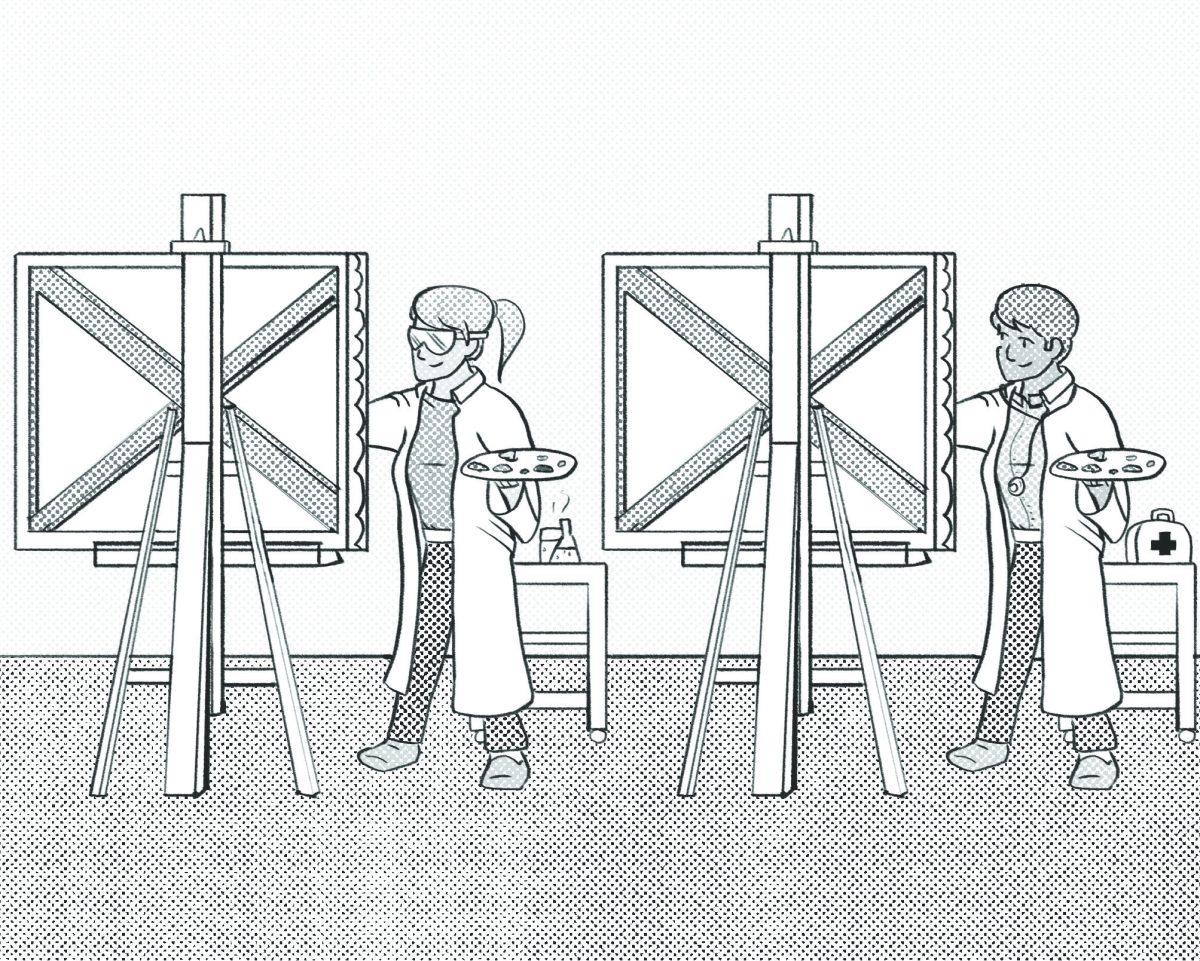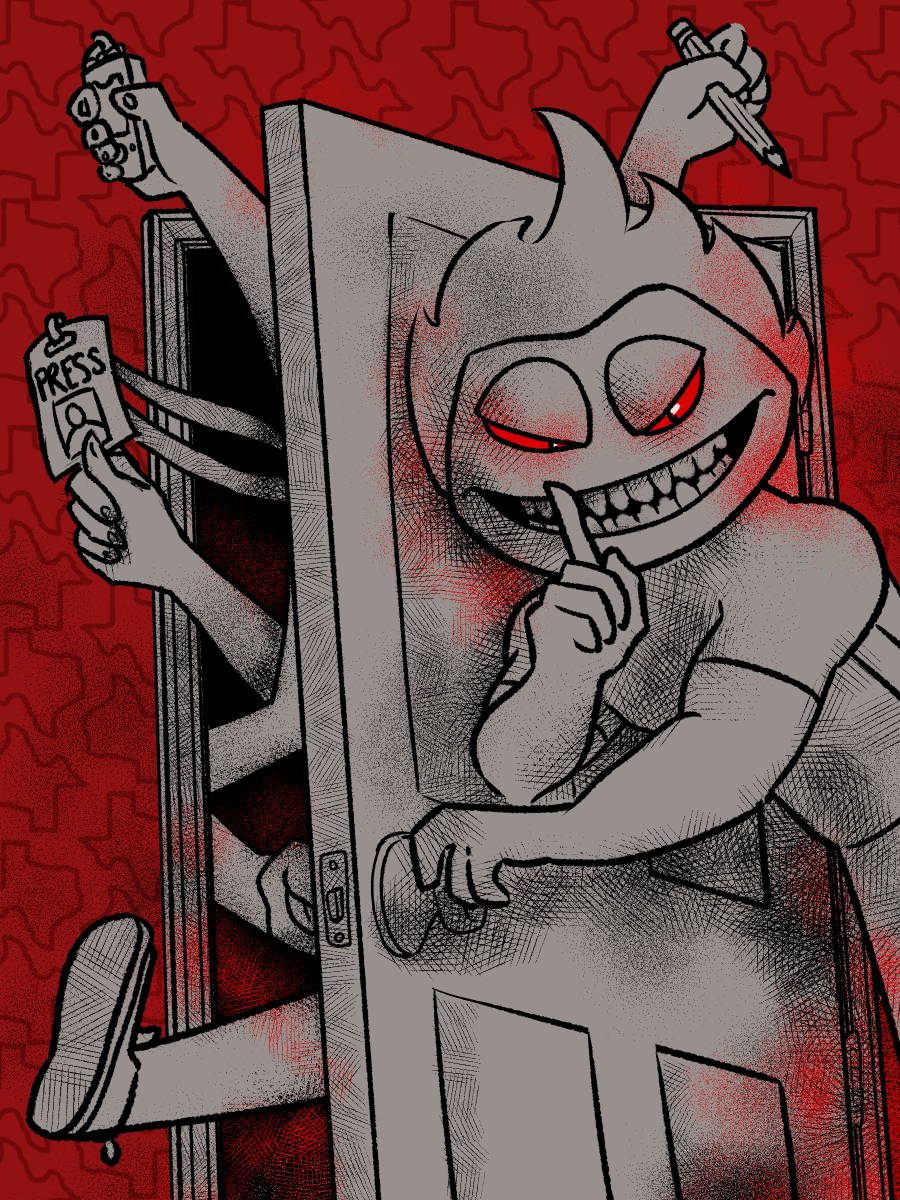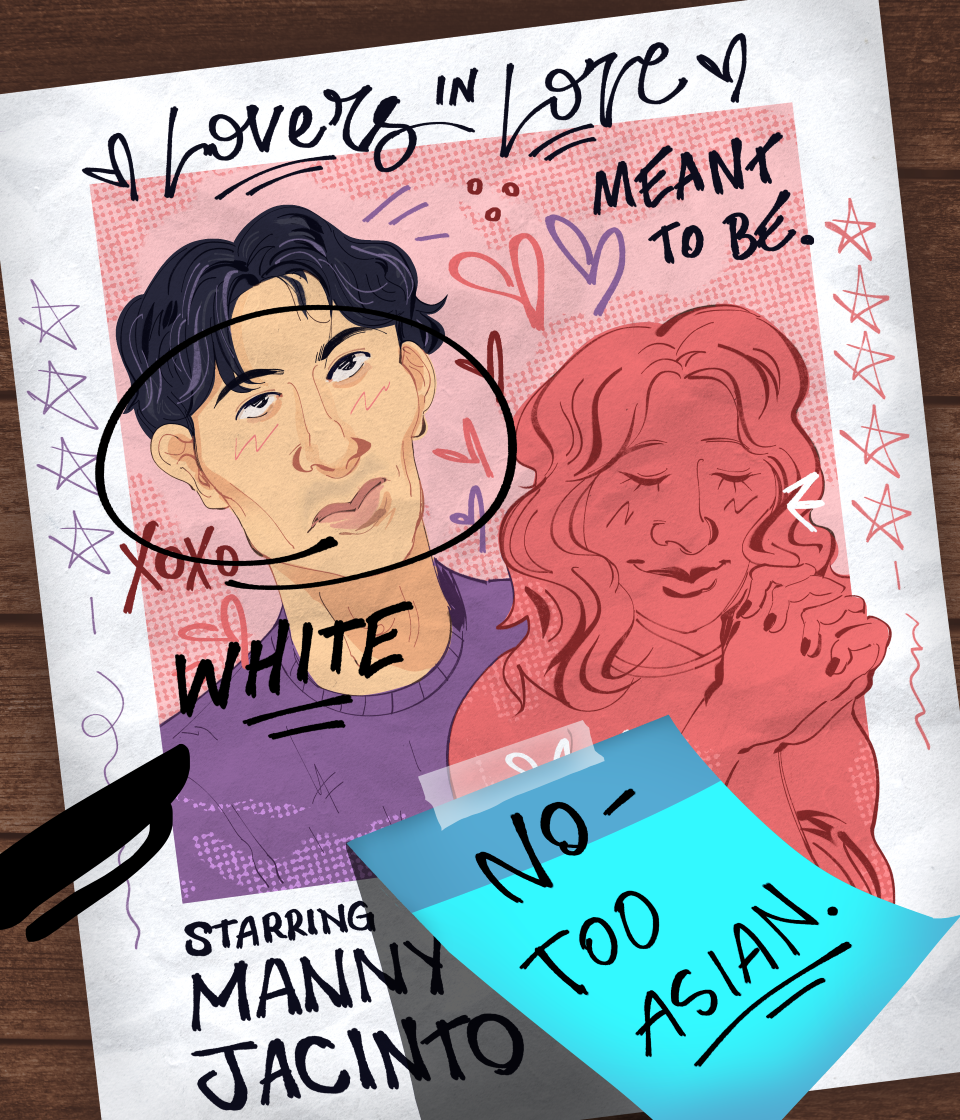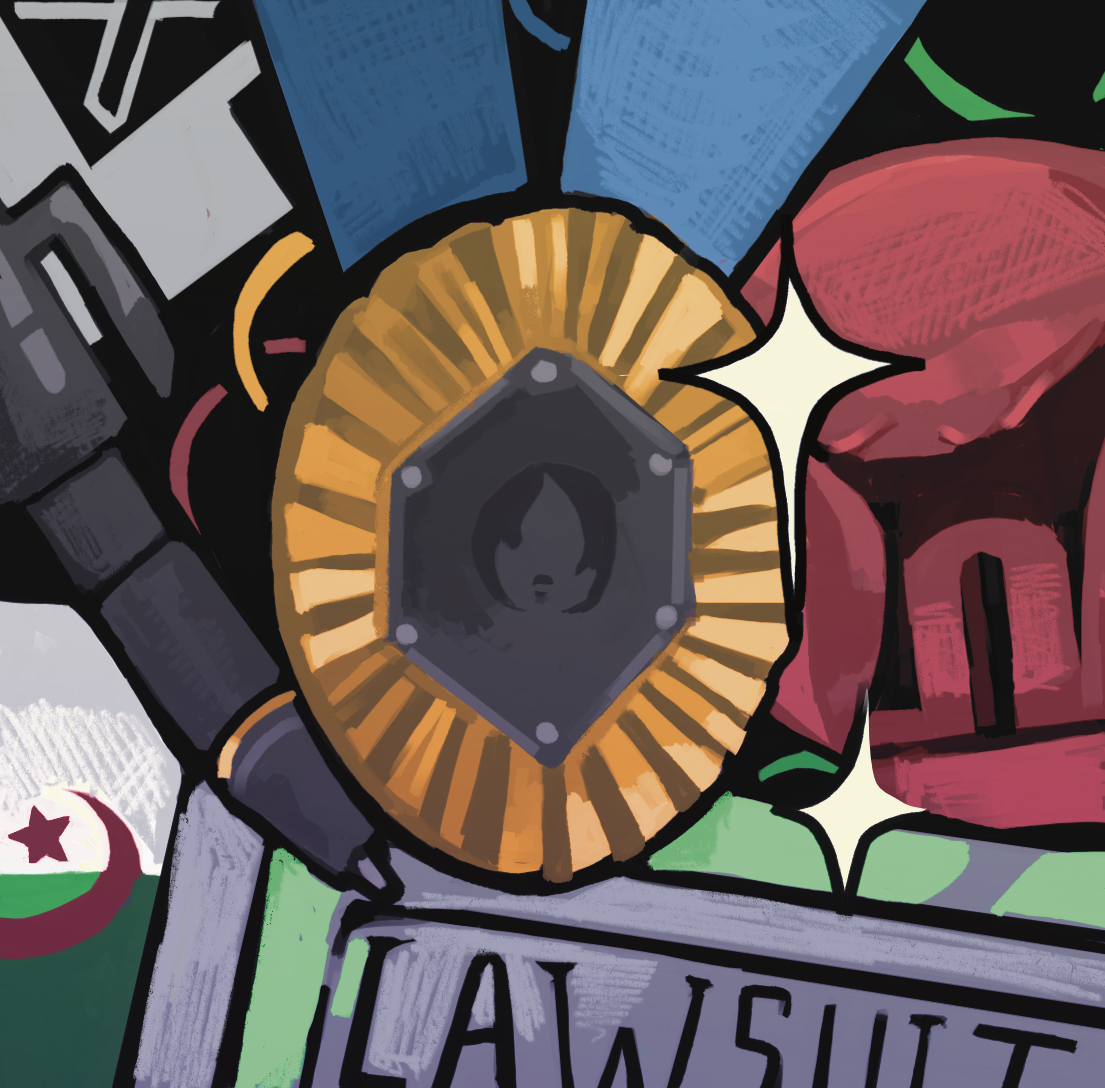It’s a known fact that the arts are underrepresented at UTD, with the destruction of the Art Barn and the lack of real updates to the current arts buildings. However this lack of representation could lie in the student culture.
We have a large population of students interested in STEM-related majors. This is what our school is essentially known for. However, perhaps people are losing the knowledge of the merits behind learning about the arts. It is no longer just about creating art for entertainment and self-expression. While it may not be integral to one’s major of study, taking art classes aside from major courses is important because it can help improve physical and mental health and open the mind to new possibilities and perspectives about world issues. Taking a fine arts class can help with mental health and increased brain function. According to LiveScience, playing an instrument requires one to train cognitive abilities and to think about the connections between notes and their meanings.
Another art form and a way of interpreting music is dance, an important source of exercise that can lead to better mental health. German neurologists Christian Maihofner and Anne Bolwerk and their research team concluded that creating visual art improved interactions between certain parts of the brain and found improvements in self-monitoring, memory and introspection.
The arts are a definite mode of self-expression. Producing an intricate painting or performing a dramatic monologue is self-expression, which is an important aspect of our lives because it helps us maintain emotional awareness and stability. In the chaos of learning complicated formulas, equations and definitions, people often get lost in their emotions because they often don’t know how to express themselves or can’t figure out a medium with which to express.
According to Bowdoin Magazine, creating art allows for constructive criticism and multiple interpretations, causing one to expand their perspectives and become more open-minded. According to a report by Rand Corporation in 2005 called “A Portrait of the Visual Arts,” arts education could bridge the gap between socioeconomic groups and create greater community cohesion. People can connect to one another through self-expression, transcending societal roles and becoming one with the arts.
Often college students worry about how to get into graduate school, especially how to distinguish themselves among the thousands of other applicants. Graduate schools, especially medical schools, are changing their standards to favor students with experience in fine arts. Students who engage in art develop skills outside of their major classes and are therefore stronger candidates to graduate school admissions staff. Well-known colleges such as Yale and Harvard started to incorporate the arts into their college courses. In their first year, students at Columbia University’s College of Physicians and Surgeons take humanities courses as part of their curriculum.
UTD itself requires incoming freshman to complete a fine arts class as part of their core credit. Fine arts are no longer being restricted to a certain group and are being spread to people of all majors and backgrounds. Therefore, taking a class and developing those skills make you a much more distinguished candidate for graduate schools to consider in the future.
The arts are becoming a more important way to communicate emotions today, where passion and emotion are the important tools to revolutionize what we aren’t happy with, such as government regulations and societal standards. There is heart-wrenching photography, such as activist Mahmoud Raslan’s photo of the Syrian Aleppo child, and political cartoons about terrorism and social justice. Film has become one of the most powerful tools to bring awareness to issues and convey integral life lessons. Music can reach across the globe and transcend language, communicating emotions and feelings that cannot be portrayed in words. It’s one thing to paint a picture for our enjoyment, but it’s another to create a picture that forces us to examine the unconventional, the uncomfortable, the revolutionary. Equations and numbers can’t exactly do that the way the arts can. This is why taking arts classes and becoming exposed to that kind of media is so important.
With all the benefits that come from engaging in fine arts, such as increased mental and physical health as well as personality development, it seems trivial not to take advantage of the opportunity to learn and understand it. The arts aren’t just entertainment or enjoyment, but can be used as a way to convey emotion and portray unusual ideas. UTD offers diverse courses in fine arts besides ones we traditionally know, such as digital music composition, film studies, dance and musical theatre. It’s worth it to take one class and delve into the ever-changing world of the arts. You might find an unknown talent or hobby, or may simply learn a perspective about an issue you didn’t think about before. Unlike the former Art Barn, the fine arts are not about to be left forgotten and replaced by other, more popular subjects.






